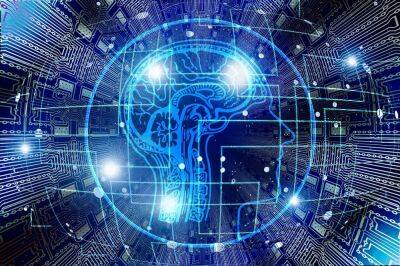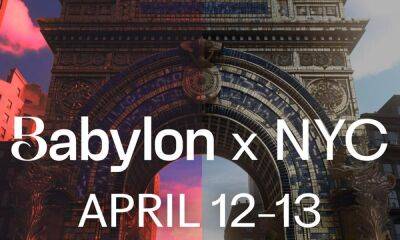Here’s why Web2.5 could be the missing piece of the puzzle in daily digital lives
According to the latest data released by Statista, the number of internet users around the world reached 5.16 billion in January 2023, representing a staggering 64.4% of the worldwide population.
Source: Statista
Undoubtedly, the world is consistently digitizing while technology continues to advance in parallel, bringing about significant changes in the way we interact with the internet. With each evolution of the internet, we continue to witness substantial changes in functionality and user experience.
The launch of Web1, also known as the first iteration of the internet, was depicted by static web pages that provided limited interactivity and predominantly served as a knowledge distribution platform. The rise of Web2, on the other hand, marked a pivotal shift in the digital landscape, proving that social interaction was borderless, and further enabling unprecedented levels of user-generated content and online collaboration as a whole.
Fast forward to today’s rapidly changing technology landscape, Web3, also known as the “decentralized web,” is poised to represent yet another major shift, promising to bring enhanced privacy, security and cross-platform communication through blockchain technology.
Despite its potential benefits, mass adoption of Web3 is still proving to be a challenge. One of the primary reasons for this is due to the Web3 model being a significant departure from the widely used centralized model of the internet, Web2.
Source: Unsplash
In this centralized model, large corporations such as Google, Facebook and Amazon have successfully dominated the digital world over the years and act as intermediaries between users and content, collecting and monetizing data, and controlling access to information.
Moreover,
Read more on cointelegraph.com
















![Staking ApeCoin [APE] on NFT pools could lead to BAYC loss, as per… - ambcrypto.com - city Santiment](https://finance-news.co/storage/thumbs_400/img/2023/4/10/63552_tipl.jpg)
